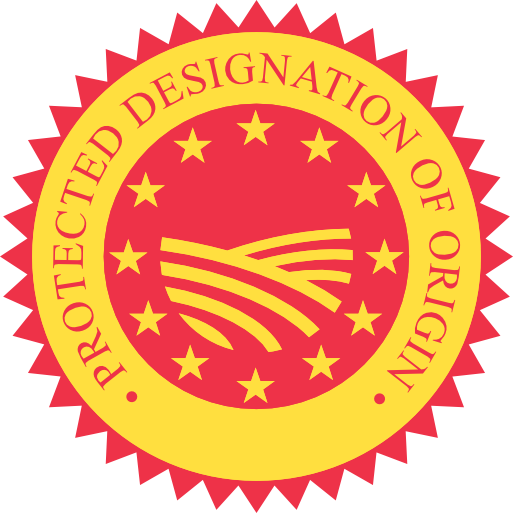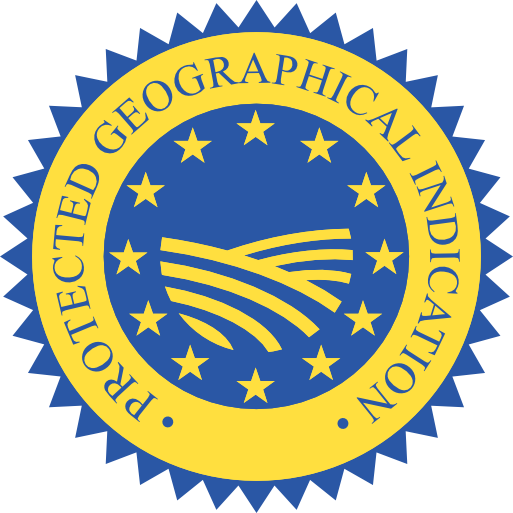PDO Alella
Website: http://doalella.com/
History
The Denomination of Origin Alella, one of the smallest and also one of the oldest in the Iberian Peninsula, has been modernized, has incorporated new techniques and new systems of cultivation and elaboration, but maintaining the criterion that only in the quality and in a strong personality, the wines of this wine region can find their true universal dimension.
Located in the north of Barcelona and occupying an area of about 230 hectares, it is made up of two counties, the Maresme by the sea and, on the other side of the Coastal Range, the Vallés Oriental, each with its own personality and with the cultivation of the vine as a link, which dates back, in both cases to Roman times.
The Maresme stretches between the Barcelonés and La Selva, bordering on the north with the Vallés Oriental, is made up of a total of thirty municipalities, sixteen on the coast and fourteen inland. It has more than thirty-eight kilometers of coastline and a total area of 398.9 kilometers. It is a narrow strip at the foot of the mountains and long beaches, where the streams formed in the mountains of which it is surrounded converge; the Montnegre-Corredor park, the Serralada Litoral and the Serralada Marina parks.
It has good communication both by train (the first railway line in Spain connected Mataró, the capital of the region, with Barcelona), and by road that runs parallel to the coast, and by the highway that it crosses the whole region.
The economy has traditionally been based on agriculture and shipping. Of particular note is viticulture and floriculture, which accounts for more than half of the production of this sector in Catalonia. Industrialization, especially textiles, has had a strong impact on it.
Seafood and vegetables predominate in gastronomy, especially strawberries, cherries, pink tomatoes, peas, crochet beans, mushrooms, prawns, prawns, squid and clams.
The Vallès Oriental consists of forty-three municipalities and its capital is Granollers. It borders the Maresme, the Vallès Occidental, Osona and La Selva. It is strategically located, with its capital, Granollers thirty-two kilometers from Barcelona, connected by roads and highways, with two train lines that cross most cities and towns in the region. The great variety of natural places within this region is noteworthy. They include the Montseny park, the Serralada de Marina park, the Serralada Litoral park, the Montnegre-Corredor park, the Tenes Valley. Montseny Park was declared a biosphere reserve in 1978.
In agriculture, the dry land predominates, in addition to the vineyard, cereals, fodder, fruit trees, potatoes, legumes and vegetables. The main economic sector is industrial, with companies in metal, wood, leather and plastic.
Regarding the gastronomy, it must be said that the Vallès oriental is a land of passage, and this coming and going of people makes its cuisine very varied. We should highlight, apart from the D.O. Alella, the bean crochet denomination of origin that has been awarded the Vallès-Maresme protected designation of origin.
Many things can be said about the Alella vineyard, as would be justified by the long history referred to ¡the extraordinary process of recent modernization, but possibly at the present time it is necessary to emphasize, above all, the fact that it is an urban vineyard. . And yet, it is still alive, exemplary, orderly, transforming year after year sun, water, land and work into a bright and seductive product such as Alella wine.
Allell wines, more than any other, are embedded in the tradition of the usual Barcelona table, but mainly of that reborn and restless Barcelona that, at the beginning of the century, laid the foundations of today’s great Barcelona. That city, that time and those men were sensitive to the indisputable prestige of Alella’s wine and incorporated it, in a way, into the symbolism of the moment and the city.
Binding tradition and modernity, past and future, countryside and city, sea and mountains, the Denomination of Origin Alella today is, in addition to a symbol, a tangible reality in its elegant, fragrant and crystalline wines, which are exceptional example of wise harmony combining northern serenity and Mediterranean passion.
Description
Surely, one of the most attractive mysteries of Alella wines is their own existence, in the heart of the Maresme, the product of small vineyards, sometimes hidden from the curious gaze of visitors, who have been fighting for their survival for many years. in an admirable and unequal battle against the expansion of the great urban area.
This has not always been the case, as Alella wines have a long history and important significance in Catalan viticulture. Known and loved since Roman times, Pliny and Martial cite them as Laietan wines. The wines of Allella were, in the Middle Ages, the favorites at the Barcelona Cathedral, to later become one of the highest quality wines exported from Catalonia around the world, with particular emphasis on overseas colonies where there was an abundant population of Catalans.
NUMBER OF WINERIES: 9
SURFACE AREA (acres): 230
MAIN VARIETY (TOP3): Garnacha blanca, Xarel·lo, Garnacha Negra
TERRITORY (TYPE OF SOIL, LANDSCAPE)
Alella is a municipality in the Maresme, is in the southern sector of the region and is located a short distance from the coast, in the granite foothills of the Coastal Range. It borders the municipalities of Santa Maria de Martorelles (NW) and Vallromanes (N) and the Maresme de Taià (E), El Masnou (SE-S), Montgat (SW) and Tiana (W).
Climatology
The climate of the marsh is Mediterranean of Central Coast type. The average annual rainfall ranges from 550 mm. and 800 mm., reaching the highest values in the north and in the Montnegre area and the lowest in the coastal villages of the south of the region. The rainy season is autumn and dry in summer. In terms of temperature, winters are moderate, and summers hot.
The Vallès Oriental region has a great variety of natural landscapes very close to the cities. The climate is different depending on the area due to the orography of the terrain, it is Mediterranean Central Prelitoral in the Vallès plain, Mediterranean Prelitoral North in the Montseny massif and south of the Moianès plateau is Mediterranean Continental. The distribution of precipitation is irregular, of 1200 mm. At 600 mm. with a scant annual total except the higher parts where the annual total is abundant. As for the thermal regime, outside the mountain places, the summers are hot and the winters are moderate.
Geomorphology and soil of the vineyards
The origin of the soils must be sought in the primary era, when by the Hercynian folding, the Coastal Range emerges consisting of granite, plutonic, crystalline igneous rock, composed essentially of quartz, alkaline feldspars and crumbs that will produce when solidifying. slowly and at very high pressure magma with high silica content.
Granite in its raw state, in temperate climates and in contact with air and water (charged with carbon dioxide), is degraded, especially the feldspar component, taking on rocks with a rounded appearance. The results of this degradation are basically the «sauló», a fundamental element of agricultural soils and also, by the waters of the typical storms of the region has been dragged and disposed of in the lowlands, giving rise to the current coastal soils.
In the DO Alella area, most of the land dedicated to the cultivation of the vineyard is based on sauló. These are soils of sandy or loamy-sandy structure, easy to work, high porosity, aerated, light color, good drainage, high permeability, low levels of organic matter, low water retention capacity and nutrients, good ability to retain solar radiation, high silica content, and with a slightly alkaline pH.



